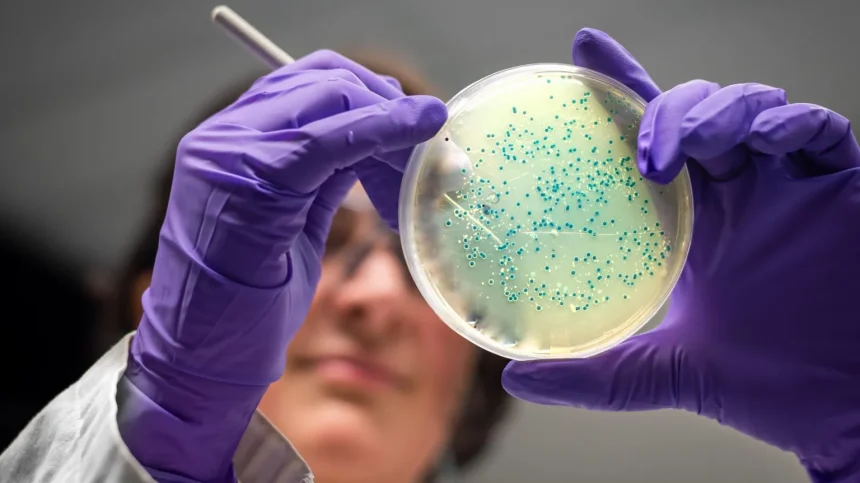Researchers at the Massachusetts Institute of Technology (MIT) have used artificial intelligence to design atom by atom — two entirely new antibiotics capable of killing drug-resistant bacteria.
The experimental compounds, still years from market readiness, showed potent effects in preclinical tests against two of medicine’s most stubborn enemies: drug-resistant gonorrhoea and MRSA (methicillin-resistant Staphylococcus aureus).
MIT’s team calls this the potential dawn of a “second golden age” in antibiotic discovery.
“By leveraging AI’s capacity to explore vast chemical space, we can find entirely new classes of drugs we might never have stumbled upon otherwise,” said James Collins, professor of medical engineering at MIT and co-lead author of the study in Cell.
Antimicrobial resistance is already a global health emergency, killing more than a million people annually, according to the WHO. Overuse of antibiotics in medicine, agriculture, and household products has fueled the rise of bacteria that no longer respond to existing drugs. Meanwhile, the pharmaceutical industry’s antibiotic pipeline has slowed to a crawl.
While these drugs face a long road of optimization, safety checks, and clinical trials, researchers are optimistic that AI-powered molecular design could permanently reshape antibiotic discovery.
“This is not just about these two compounds,” Collins emphasized. “It’s about transforming the way we discover antibiotics in an era when we desperately need them.”
If successful, this technology could accelerate the creation of life-saving drugs far beyond antibiotics — potentially revolutionizing treatment development for cancer, viral infections, and rare diseases.








